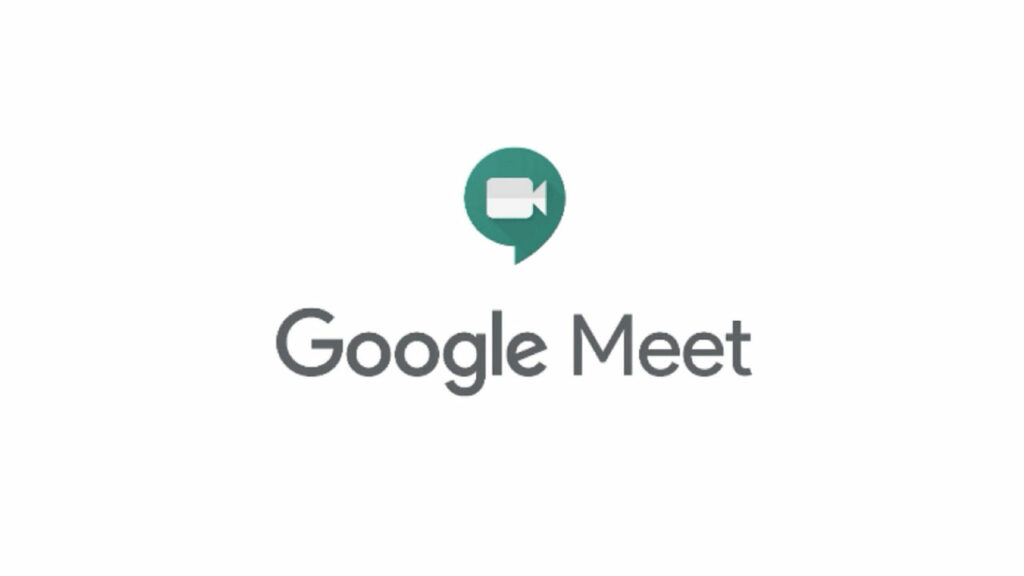Table of Contents
How to Use a Google Meet Link Generator?
A Google Meet link generator is a useful tool to create calendar events from your Google calendar. It can be helpful to use on your booking pages because the new bookings will automatically appear on the team’s calendar with the same Google Meet link.
This will help avoid impersonation. Here are some tips to make use of this tool. If you are unfamiliar with Google Meet, here are some things to keep in mind. Then you can use it with confidence.
Avoiding impersonation with Google Meet Link Generator:
To avoid impersonation with Google Meet Link Generator, follow these steps: The user account must have a valid user ID. If the user account does not have a valid user ID, the system will display the message “Unknown user was selected.” You may need to log in multiple times to test the system before proceeding.
After the event or link is generated, the user must log out. Impersonation changes the current session, so be sure to log out before continuing. The host has the right to remove any participant who is violating the policy. If the meet host catches a person violating the terms of service, the other participants can report the violation to Google.

Similarly, the host can remove a meeting participant if it contains content containing illegal or offensive content. Among the prohibited activities on Google Meet are selling or advertising regulated goods or unapproved supplements, sharing private or confidential information, and supporting terrorism. Moreover, violent or gory images are prohibited.
Expiration times of Google Meet Meeting codes:
One common question is how long do Google Meet meeting codes last? This can be confusing. The code is generated by the Nest device, which expires 365 days after the last use. However, you can always generate new codes for future meetings with the same code. Google’s website also details the expiration time for meeting codes. Here are some helpful tips. Expiration times of Google Meet meeting codes vary by tool.
The expiration time for meeting codes is usually 365 days from the date you create them, though they can be longer or shorter than that. When scheduling a meeting using one of the tools available through Google, you’ll be prompted to paste the code into a Calendar invite. You should make note of the expiration time because meeting codes have a limited lifespan. For example, a meeting code may last up to 15 days if you’re using the Google Calendar.
Using the link as a meeting URL has some advantages. One of them is that it’s a permanent URL. In addition, the URL can be reused for recurring meetings created in Google Calendar. The only difference between these two methods is that the URL for non-recurring meetings will expire in 90 days, and the meeting link will expire in the Education account 90 days after the last person leaves the meeting.
Creating a Google Meet meeting in HoneyBook
To start a face-to-face virtual meeting in HoneyBook, you first need to sync your Google Calendar with the HoneyBook Calendar. Once the two calendars are synchronized, you can create a new session type or edit an existing one. After you create a new session type, HoneyBook will automatically generate a link to Google Meet. When your clients click the link, you will be able to open the meeting right in HoneyBook.

If you’d like to add a Google Meet meeting to HoneyBook, you’ll want to create a calendar event that is associated with one or more Projects. Once you’ve done this, you’ll need to enter details about the meeting. Type in the meeting type and description. If you’re creating a Google Meet meeting for a team, you’ll see the other participants’ calendar events as well.
Conclusion:
Next, you’ll want to set your availability. You’ll want to choose a time and date that is convenient for both of you. You can share this link with your client and allow people to confirm or cancel their meeting. HoneyBook makes this process as simple as possible. And the scheduling tool is simple and intuitive. In fact, you’ll find yourself doing it almost without thinking. It’s even easier than a traditional appointment calendar.








